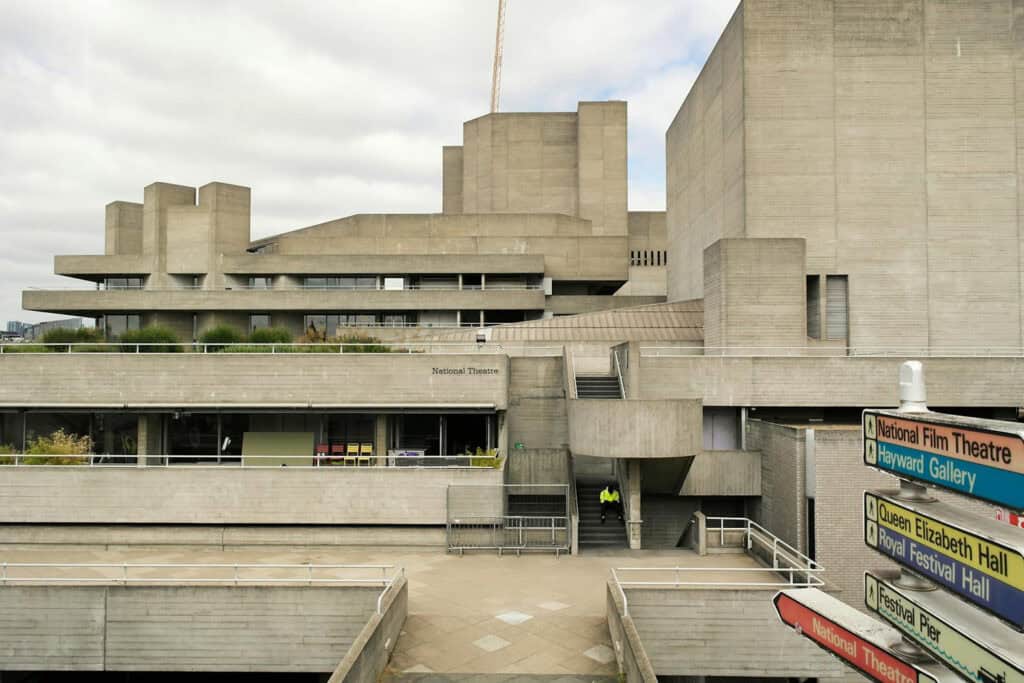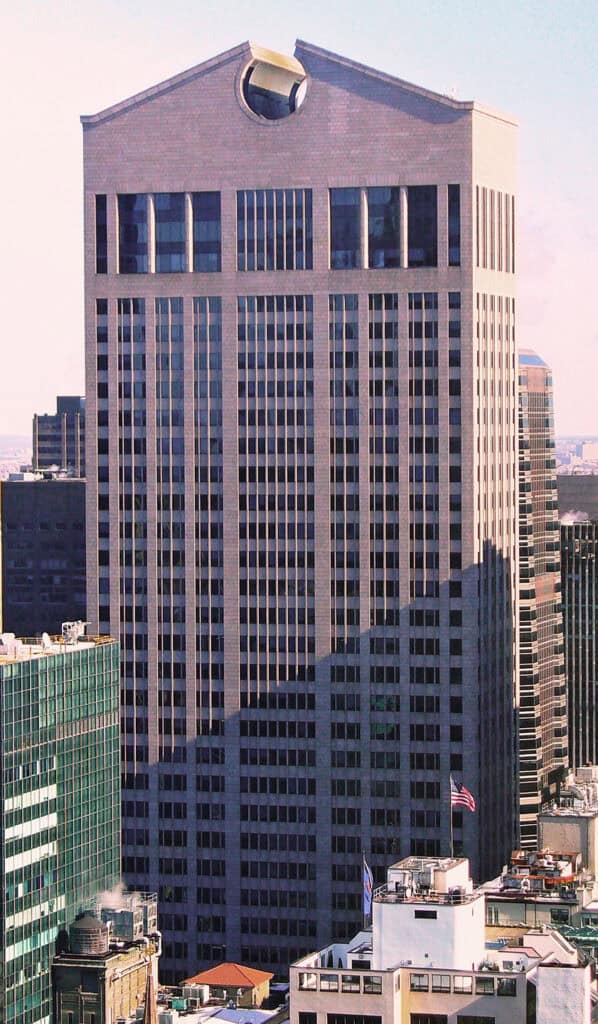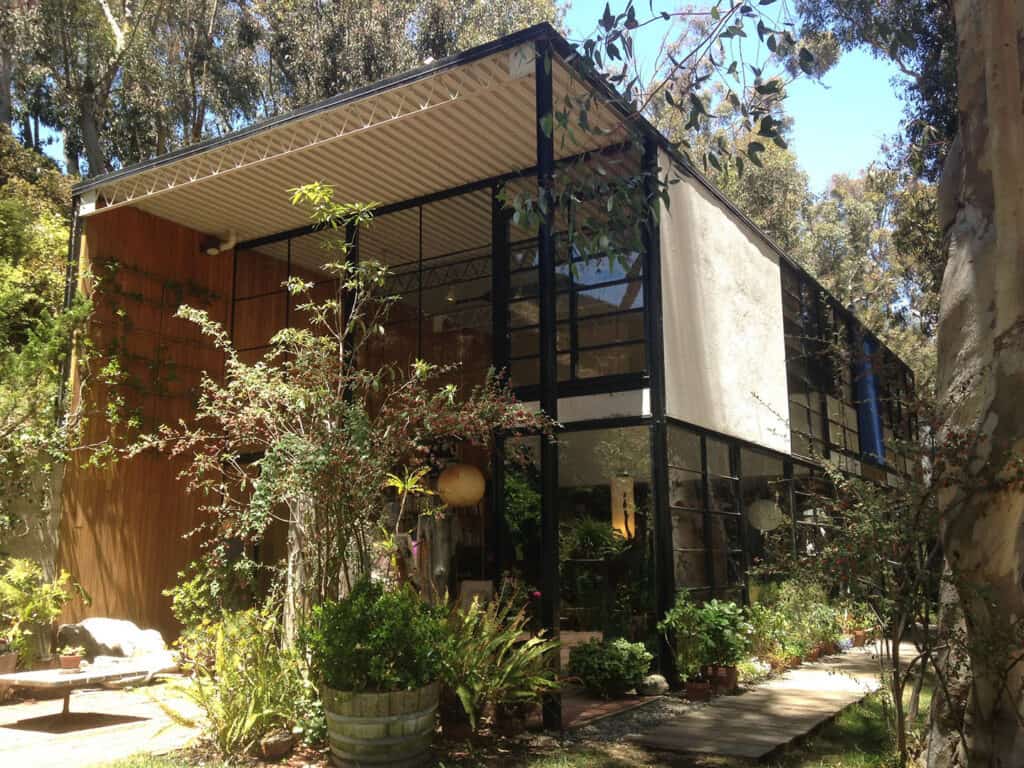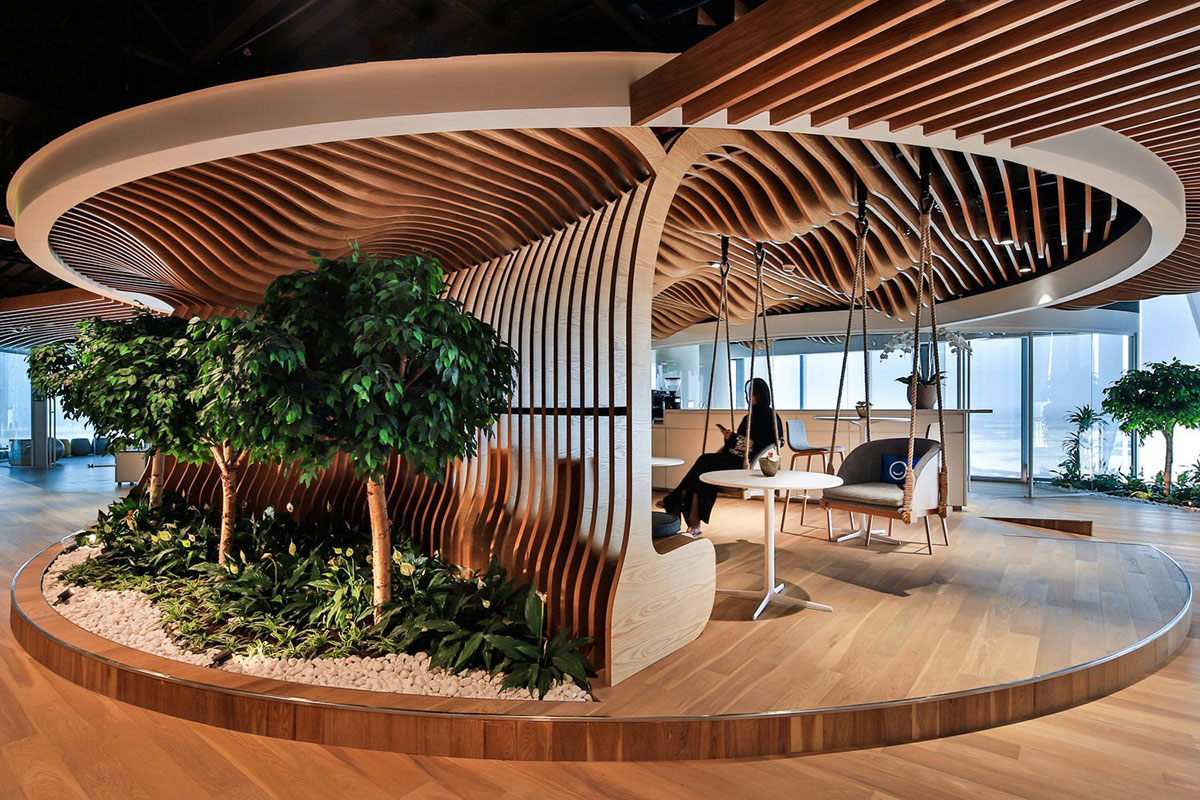The Stone’s Story: Architecture as a Social Mirror
Every city you visit tells a tale through steel, glass, and concrete. The structures all around us are much more than just places to live; they are a clear representation of the society that constructed them, including its achievements, ideals, and changing priorities. In particular, modern architecture is an intriguing and frequently intricate patchwork of styles, each of which responds to the cultural, technological, and social trends of its era. Every trend, from Brutalism’s unvarnished honesty to Modernism’s crisp, practical lines, reveals something about our past and present selves. This blog article takes readers on a tour through historical fashions, examining how they influenced not just our skylines but also our lifestyles.
Early movements in modern architecture, such the Bauhaus and International Style, were sparked by a rejection of the elaborate, class-based styles of the past and a desire for social equality. The idea that “form follows function” was more than just an aesthetic principle; it was a social statement that everyone should be able to use and appreciate well-designed spaces. In response to the industrial revolution and the demands of a quickly urbanising population, architects of this era embraced new materials like steel, glass, and concrete to create effective, light-filled buildings.

Image via Pexels
Three Styles: A Story of Modernism and Postmodernism
The story of contemporary architecture is one of development and occasionally defiance.
Brutalism’s Ascent:
Brutalism was a daring and unrepentant architectural style that first appeared in the middle of the 20th century. Known for its enormous scale and use of unfinished, raw concrete, this architectural style was frequently connected to public housing projects, government structures, and educational institutions. While sometimes attacked for its harshness, Brutalism was, at its foundation, a competent and imaginative attempt to be honest about its materials and construction. In many respects, it was an architectural reflection of a civilisation struggling with the consequences of war, a moment that demanded firmness, directness, and a new sort of urban monumentality. It was also a stylistic response to the perceived sterility of early modernism.

National Theatre, London’s Brutalist icon Photo by Altaf Shah
Postmodernism’s Playful Rebellion:
In the late 20th century, postmodernism emerged as a direct reaction to modernism’s strict guidelines and austerity. This movement was an imaginative, colourful, and frequently fanciful uprising. Rejecting the “less is more” axiom, postmodern architects started to include historical allusions, ornamentation, and even humour back into their designs. A culture that was growing more self-aware and sardonic, one that was prepared to question the notion of a single, universal truth in design, was reflected in the style.

AT&T Building (550 Madison Avenue), New York City photo by David Shankbone
The Silent Strength of Simplicity:
Postmodernism made a lot of noise, but another movement that promoted simplicity arose. With its “less is more” tenet, minimalism reduced structures to their most basic components, highlighting open areas, clean lines, and a muted colour scheme. In a world that is becoming more chaotic, this style expresses a cultural desire for peace and clarity. By letting the beauty of natural light and the high calibre of materials speak for themselves, this innovative and professional method implies that true richness is found in what is removed rather than what is added.

Eames House, modern architecture in California Photo by edward stojakovic
The Human and the Green: A New Chapter
Modern architecture is changing once more today, this time with a greater emphasis on human welfare and sustainability. Currently, two of the most intriguing trends are:
Biophilic and Sustainable Design:
The urgent problems posed by climate change are now being faced by contemporary architects. As a result, there has been a significant professional shift towards sustainable design, which places an emphasis on environmental impact reduction, energy efficiency, and renewable materials. By incorporating natural features into a building’s structure, such as living walls, green roofs, natural ventilation, and sunshine, the related movement of biophilic design takes one step further. This charming strategy shows a social understanding that the natural world is intrinsically tied to our happiness and well-being.

credit DRMM
Buildings that Encourage Interaction:
Modern designs that actively encourage social interaction are the most captivating. Projects with open atriums, public courtyards, and communal areas that promote “productive collisions” and a feeling of community are examples of this. These areas’ designs are a competent and imaginative reaction to the internet era, a means of utilising architecture to reunite people in person.

credit DRMM
An Ongoing Development
Contemporary architecture is a never-ending tale. We learn something new about ourselves, our ideals, and the world around us with every new style. These movements, which range from the social idealism of the early 20th century to the emphasis on sustainability and interpersonal relationships today, are more than just fashion choices. They serve as a live, breathing chronicle of our shared history and never stop motivating and challenging us to create a more considerate, lovely, and compassionate world.
For more blogs like this CLICK HERE
Reference
https://politeonsociety.com/2024/04/15/what-modern-architecture-really-tells-us-about-society/
https://landmarksarchitects.com/modern-architectural-styles/





